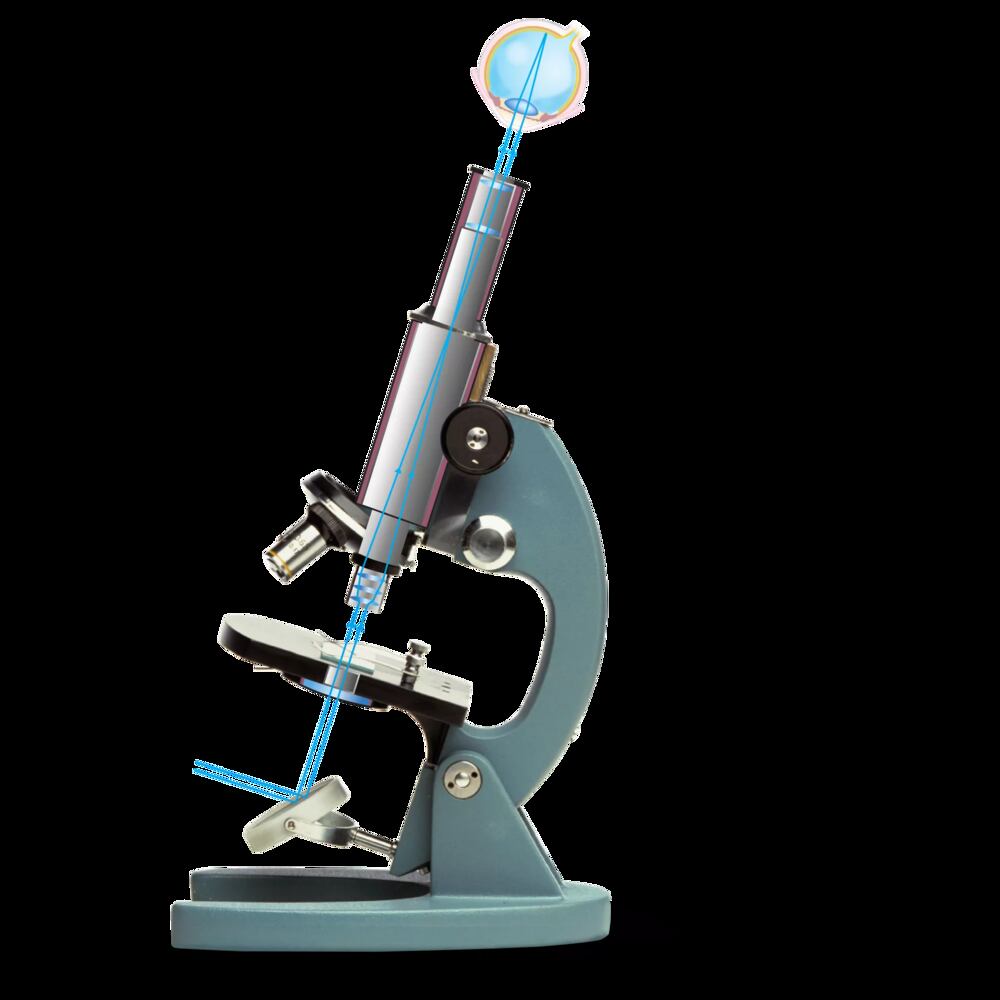Introduction
roland.co.id– In the realm of microscopy, technological advancements have continually enhanced our ability to observe and analyze minute details. One such significant advancement is the development of infinity optics. This article explores the concept of infinity optics in microscopes, its advantages, and its impact on scientific research.
What is Infinity Optics?
Infinity optics, or infinity-corrected optics, is a design approach used in modern microscopes to improve image quality and flexibility. Unlike traditional finite tube length microscopes, where the objective lens focuses light to a point within the tube, infinity optics uses a different method. In an infinity-corrected microscope, the objective lens creates parallel light rays (collimated light) that are directed towards the tube lens. The tube lens then focuses the parallel rays to form the final image.
Key Components of Infinity Optics
1. Objective Lens: The primary lens that collects light from the specimen and creates collimated light rays.
2. Tube Lens: Positioned within the microscope’s body, the tube lens converges the parallel rays into a focused image.
3. Eyepiece or Camera: The final image is viewed through an eyepiece or captured by a camera for analysis.
Advantages of Infinity Optics
Improved Image Quality
Infinity optics provides superior image quality by reducing optical aberrations. The collimated light allows for additional optical components, such as filters or beam splitters, to be inserted into the light path without significantly degrading the image. This results in clearer, more accurate images, crucial for detailed scientific analysis.
Enhanced Flexibility
Infinity-corrected microscopes offer greater flexibility in terms of configuration. Researchers can easily integrate various accessories and modules, such as fluorescence illuminators, phase contrast devices, and differential interference contrast (DIC) components. This modularity is vital for advanced research applications requiring multiple imaging techniques.
Extended Working Distance
The design of infinity optics allows for an extended working distance between the objective lens and the specimen. This feature is particularly beneficial when working with large or thick samples, as it reduces the risk of damaging the specimen while focusing.
Impact on Scientific Research
The adoption of infinity optics in microscopes has revolutionized scientific research across various fields, including biology, materials science, and medical diagnostics. Researchers can now achieve higher precision in imaging, leading to better understanding and discovery.
Biological Research
In biological research, the ability to observe cellular structures and processes with high clarity has enabled significant breakthroughs. Infinity optics facilitates advanced techniques like fluorescence microscopy, which is essential for studying cellular dynamics and protein interactions.
Materials Science
In materials science, analyzing the microstructure of materials is critical. Infinity-corrected microscopes provide the high-resolution imaging required to examine grain boundaries, phase distributions, and defects in materials, contributing to advancements in material design and engineering.
Medical Diagnostics
Medical diagnostics rely heavily on accurate imaging for disease detection and treatment planning. Infinity optics enhances the quality of histopathological examinations, allowing pathologists to identify disease markers with greater confidence.
Conclusion
Infinity optics represents a pivotal advancement in microscopy, offering improved image quality, enhanced flexibility, and extended working distances. Its impact on scientific research is profound, driving progress in various disciplines. As technology continues to evolve, infinity optics will undoubtedly play a crucial role in unlocking new frontiers of discovery.




